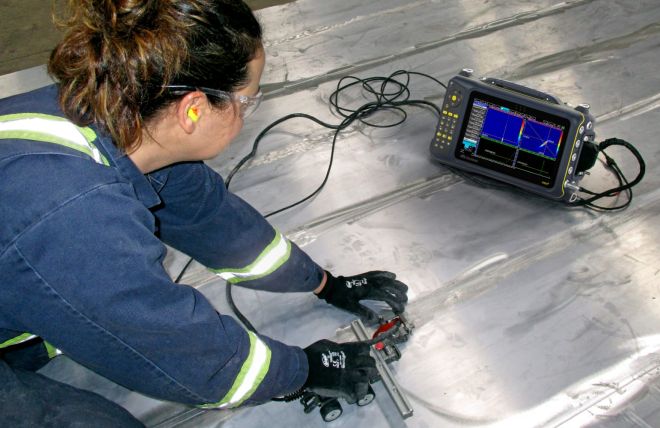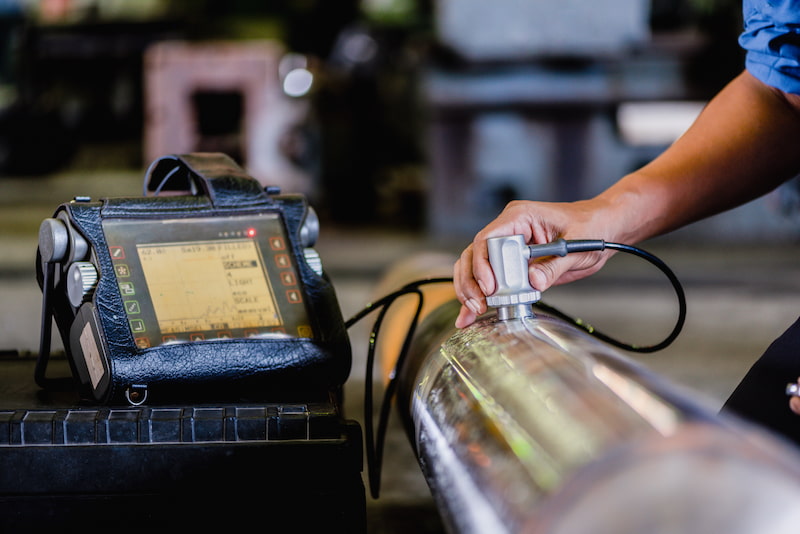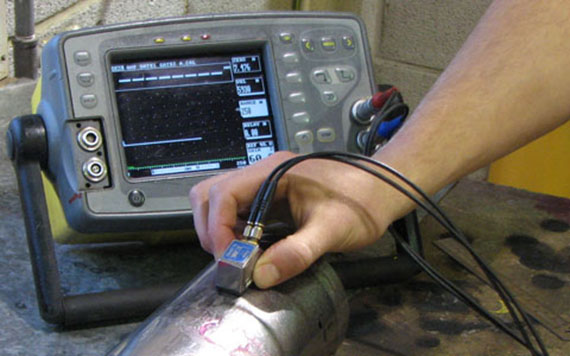In the world of engineering and quality assurance, synchronization in vibration testing plays a pivotal role. It ensures precision and accuracy, which are crucial for assessing the durability and performance of various materials and structures. Understanding how synchronization functions in this context can dramatically enhance testing outcomes, improve safety, and increase efficiency.

What is Vibration Testing?
Vibration testing is a method used to evaluate the robustness and resilience of an object by subjecting it to oscillatory motion. This process helps in identifying potential weaknesses or failures that might occur during the object’s lifecycle. Engineers rely heavily on vibration testing to ensure product reliability and longevity.
The Importance of Synchronization
Synchronization in the realm of vibration testing is about aligning the timing of different tests or components to achieve accurate results. Without proper synchronization, discrepancies can arise, leading to unreliable data. This is especially critical when multiple sensors or devices are involved, as seen in sensor synchronization.
Key Benefits of Synchronization
- Improved Accuracy: Ensures that data collected is reliable and precise.
- Enhanced Efficiency: Reduces the time needed for testing by streamlining processes.
- Increased Safety: Identifies potential risks earlier in the development phase.
How Synchronization Works in Vibration Testing
The process involves coordinating the operation of testing equipment to ensure simultaneous data capture and analysis. This can be challenging, especially when dealing with complex systems or multiple frequencies, as noted in ultrasonic flaw detection.
Techniques for Achieving Synchronization
Several techniques are employed to achieve synchronization in vibration testing:
- Time Stamping: Assigning a specific time to each data point ensures consistent tracking and analysis.
- Phase Locking: Aligns the phase of different signals for coherent analysis.
- Signal Averaging: Reduces noise by averaging multiple readings, providing a clear picture of the underlying vibration patterns.
Applications of Synchronization in Various Industries
Synchronization is vital across numerous sectors, including automotive, aerospace, and electronics. Each industry relies on accurate vibration testing to ensure their products meet safety and performance standards. For instance, synchronization improves the accuracy of inspections in the automotive industry, as discussed in inspection accuracy.
Automotive Industry
In the automotive sector, ensuring that vehicles can withstand various road conditions is essential. Synchronization allows for comprehensive testing of components under simulated real-world conditions.
Aerospace Industry
The aerospace industry demands high accuracy in testing due to the extreme conditions aircraft encounter. Synchronization enables precise testing of various parts, from engines to electronic systems.
Electronics Industry
With gadgets becoming increasingly intricate, synchronization is crucial for testing components and systems to prevent malfunctions that could lead to failure or safety hazards.
Challenges in Synchronization
Despite its benefits, achieving synchronization is not without challenges. Variability in equipment, environmental factors, and human error can all impact the synchronization process.
Overcoming Synchronization Challenges
To combat these challenges, continuous monitoring and adjustments are necessary. Calibration of devices, as seen in frequency calibration, is one method to ensure consistency.
Furthermore, investing in advanced technology that supports synchronization can dramatically reduce the margin for error and enhance the overall quality of tests.
Future of Synchronization in Vibration Testing
The future looks promising for synchronization in vibration testing. With advancements in technology, the process will become more streamlined, allowing for even greater precision and reliability.
Technological Innovations
New technologies, such as AI and machine learning, are being integrated into testing procedures to predict outcomes and automate synchronization processes. This integration will further enhance testing accuracy and efficiency.
Global Standards
As synchronization becomes increasingly important, global standards are being developed to ensure consistency and quality across the board. Establishing these standards will be vital for international collaboration and innovation.
Conclusion
Synchronization in vibration testing is a cornerstone of modern engineering practices. Its ability to improve accuracy, efficiency, and safety makes it an invaluable tool for quality assurance professionals. As technology continues to evolve, so too will the methods and techniques used in synchronization, promising a future of enhanced testing capabilities.

FAQs
Why is synchronization important in vibration testing?
Synchronization ensures that data collected during vibration testing is accurate and reliable, which is essential for identifying potential weaknesses or failures in materials.
How does synchronization improve safety in testing?
By providing precise data, synchronization helps in early identification of potential risks, allowing for corrective measures to be taken before issues arise.
What challenges are faced in achieving synchronization?
Challenges include equipment variability, environmental factors, and the need for continuous calibration and monitoring to maintain synchronization.
This article contains affiliate links. We may earn a commission at no extra cost to you.
